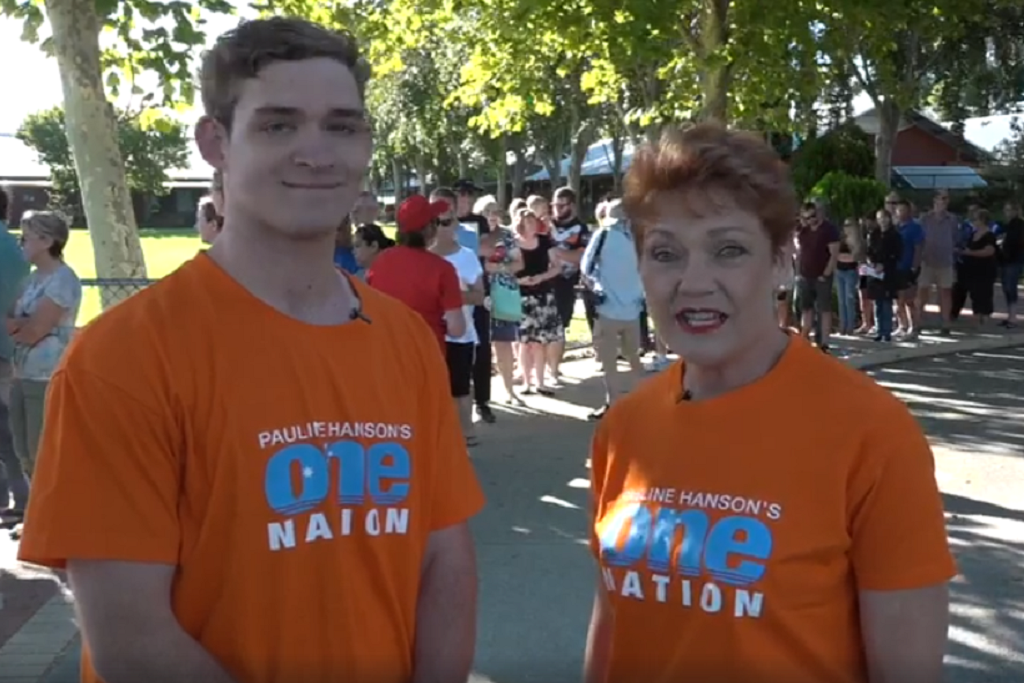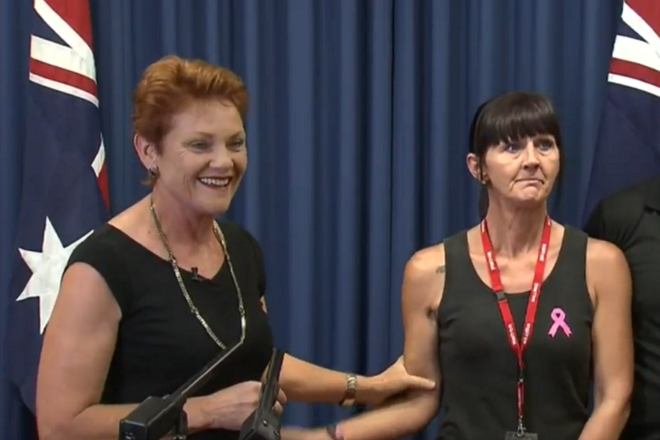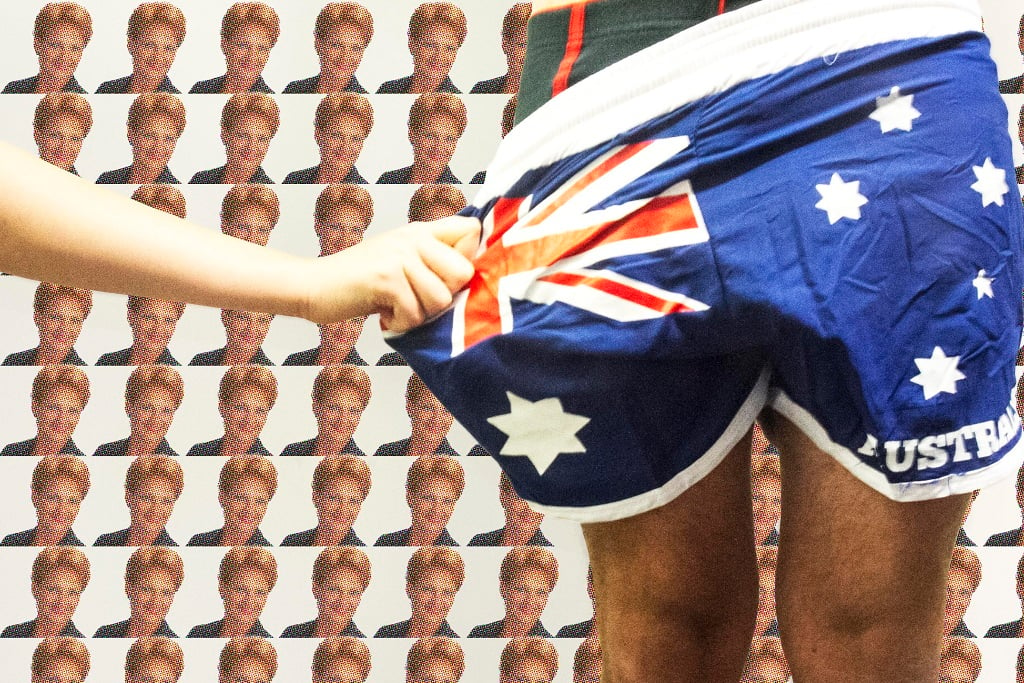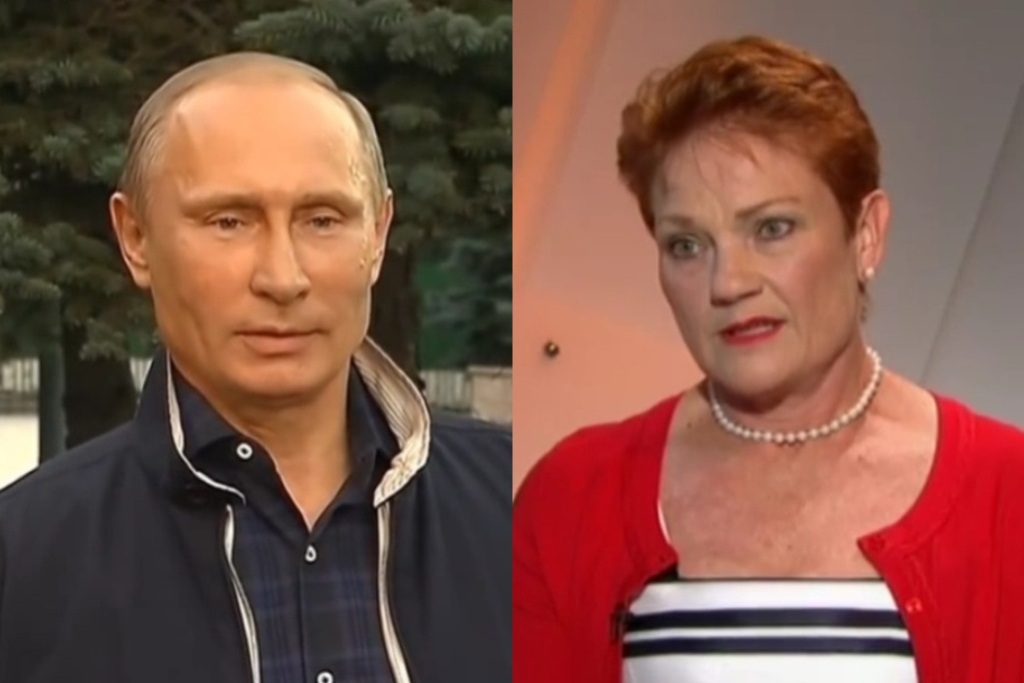Despite The Setbacks Pauline Hanson’s One Nation Is Still A Rapidly Growing Political Force
You wouldn't know it from most of the coverage, but One Nation doubled its vote over the weekend.

Pauline Hanson and One Nation had an absolute shocker of an election campaign in Western Australia. In the lead-up to last Saturday’s vote Hanson was roundly condemned for praising Russian president Vladimir Putin, was forced to apologise after making anti-vaccination remarks and saw five candidates resign from the party.
But despite running a train-wreck of a campaign the party still managed to nearly double its vote compared to last year’s federal election and has further cemented its status as Australia’s fourth largest, and fastest growing, political force.
However the general media consensus in the immediate aftermath of the election result was that One Nation’s performance was “embarrassing” , “a disaster” and a “monumental fail”.
So how do we explain the discrepancy?
Never Buy The Hype
There’s a tradition in Australian politics where some journalists will hype up a party’s potential election results before an election and then prematurely declare their demise when that party fails to live up to expectations. It happens pretty regularly with the Greens, and this time around it was One Nation’s turn.
After one poll in February showed One Nation receiving 13 percent of the vote in WA the focus of the campaign shifted. The race wasn’t just about who would govern the state, it became about how many seats One Nation would win and what sort of influence they might wield.
It’s never a good idea to obsess over one poll result, especially one taken a month out from election day. As an insurgent minor party, One Nation is more susceptible to the ebbs and flows of politics than most. Given the party’s limited campaign infrastructure in Western Australia and the high chances of some of its candidates going rogue (which is exactly what happened) it was always likely that the vote would drop back on election day.
In fact, the last two polls conducted before the election had One Nation on 8 percent and 7 percent. It’s likely that the earlier poll that freaked everyone out was a high watermark of the party’s support, before the controversial preference deal with the Liberal party.
The polls also showed that Labor’s vote picked up at the expense of One Nation closer to election day, probably as voters eager to boot out the sitting Liberal government decided not to bother minor parties and just bring out the baseball bat.
But here’s the thing: despite those setbacks and tactical mistakes, One Nation still achieved a strong result and is set to re-enter WA parliament for the first time in over a decade.
How Did One Nation Actually Perform?
The problem with most of the analysis around One Nation’s result in WA is that it compares apples with oranges. It doesn’t make sense to compare an election day result to a poll taken taken over a month ago.
It also doesn’t make sense to compare One Nation’s result last weekend to it’s result in the 2001 state election, as some journalists have done. Sixteen years is a very long time between drinks, and considering the party contested two of the three elections between then and now, it’s not a great comparison.
A better benchmark is One Nation’s performance in WA at the federal election last year. In that contest the party secured four percent of the statewide senate vote, enough to elect a senator.
Most of the reporting on last weekend’s state election has stated One Nation polled 4.7 percent, an apparent disaster. But this doesn’t tell the full story. As the ABC’s Antony Green pointed out, the party only contested 35 of the 59 lower house seats. In those seats the party secured over 8 percent. In regional areas the party’s vote was even higher, reaching nearly 10 percent.
In the Legislative Council the party secured 7.5 percent of the vote across the state, which is nearly double what it received at the federal election in the same jurisdiction. The party was just half a percent behind the Greens.
The party is now on track to win two seats in the Legislative Council, the first time the party has had a presence in the WA parliament since 2005. Sure, it’s not the result some were predicting in February, but if you take a step back and look at it with some more context the election proves that One Nation is on the rise. They nearly doubled their vote and they just secured a foothold in WA parliament for the next four years.
Why Does This Matter?
One Nation isn’t about to form government anytime soon. But it’s important that the public properly understands the level of support, and therefore political influence, the party has. Over dramatising their result in WA doesn’t help anybody, though politicians from Labor’s Anthony Albanese to the Nationals’ Barnaby Joyce have their own reasons for claiming the party has been “rejected”.
The fact that One Nation’s result failed to meet some expectations due to their horrific campaign shouldn’t be cause for relief. It’s actually pretty terrifying that the party was able to double it’s vote even though their final week was thrown off course by Vladimir Putin, anti-vaccination remarks and resigning candidates.
One Nation has clearly managed to tap into a sense of political frustration, and is still able to channel those votes despite organisational setbacks. After solidifying its support in WA, the party’s next challenge is Queensland, where polls put One Nation on around 20 percent of the vote.
Queensland is Hanson’s heartland. The WA result isn’t evidence for complacency. Rather, it shows that One Nation is far from a spent force.



